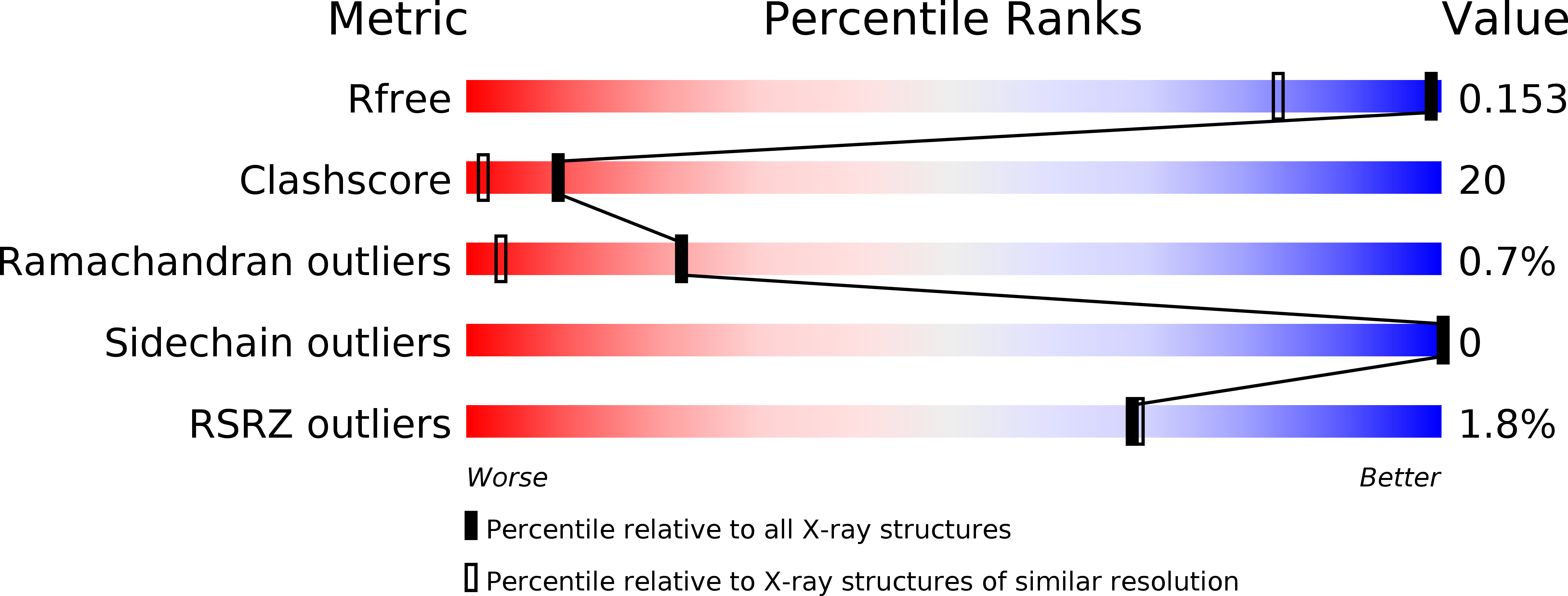
Deposition Date
2015-03-24
Release Date
2015-06-10
Last Version Date
2024-01-10
Entry Detail
PDB ID:
4UHE
Keywords:
Title:
Structural studies of a thermophilic esterase from Thermogutta terrifontis (malate bound)
Biological Source:
Source Organism:
PLANCTOMYCETES BACTERIUM R1 (Taxon ID: 1331910)
Host Organism:
Method Details:
Experimental Method:
Resolution:
1.16 Å
R-Value Free:
0.14
R-Value Work:
0.10
R-Value Observed:
0.10
Space Group:
P 32 2 1


